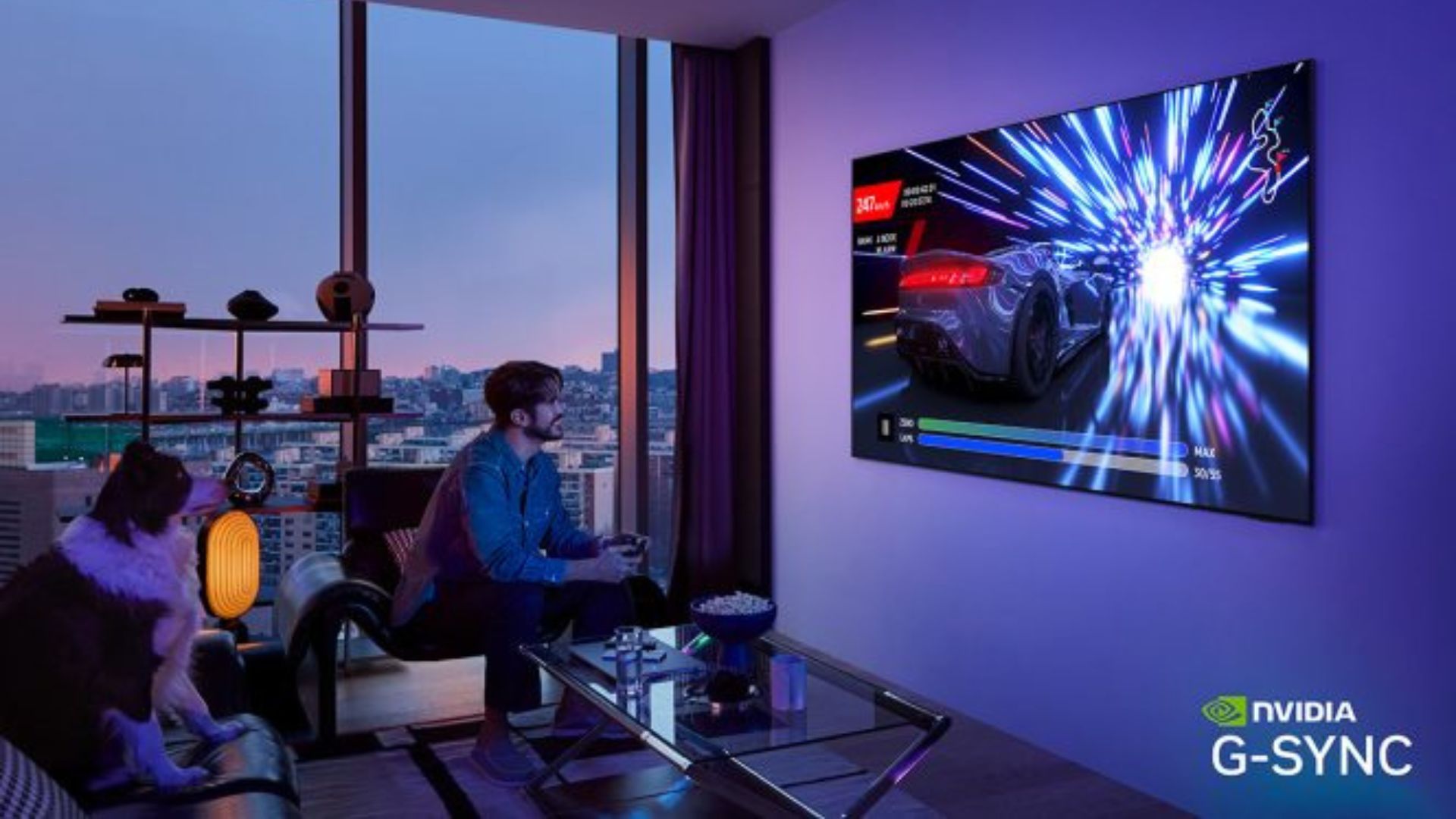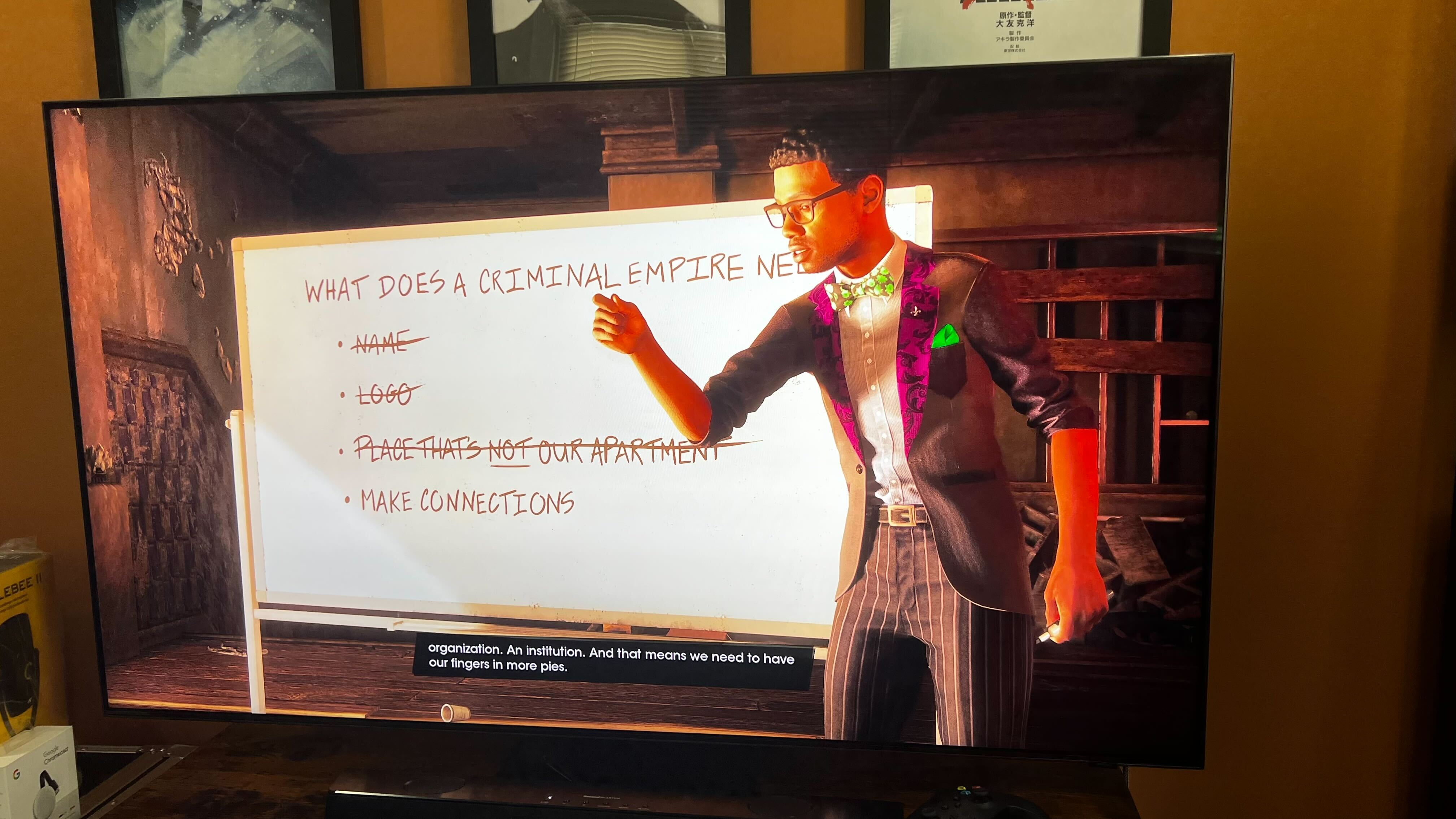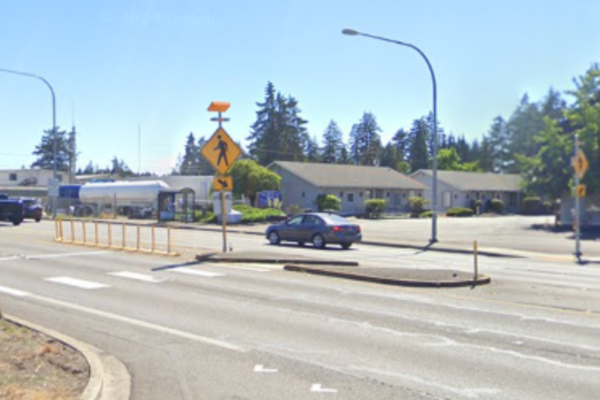
Samsung is finally joining the likes of Philips and LG to introduce Nvidia G-Sync compatibility, meaning, in the future, you can plug your new RTX 5090 into your 77-inch OLED smart TV. Do you want some caviar and champagne to go with that royal gaming experience?
This week is filled with tonnes of new tech announcements, thanks to Computex 2025, and though Samsung's latest development did not happen there, the timing is likely related. In the announcement, Samsung revealed its 2025 OLED TVs will be Nvidia G-Sync compatible, which means the refresh rate will match your GPU's frame rate.
This is a PC gaming feature and therefore, intended for you to hook your rig or gaming handheld PC up to your screen.
2025 OLED TVs from Samsung also come with Motion Xcelerator, which raises the max refresh rate to 165 Hz. If your rig is all Team Red, upcoming Samsung OLED TVs will also support AMD FreeSync Premium Pro, which should help eliminate screen tearing.
It's important to note that this new announcement is not Samsung announcing G-sync Ultimate support, which uses a specific Nvidia processor. The new TVs aren't getting the hardware to handle G-Sync properly, as some gaming monitors do.

Nvidia has a handy scale on its website going over the differences between monitors that have G-Sync-specific hardware (G-Sync Ultimate) and those that don't. Nvidia says G-Sync Ultimate monitors have been validated to have no artefacts, certified with 300+ tests, and have 'lifelike' HDR, whereas G-Sync compatible monitors have only been validated to have no artefacts.
Unfortunately, your old Samsung OLED TVs won't be getting G-Sync support, as only 2025 models and on will be getting it. Both LG and Philips got G-Sync compatible TVs back in 2019, so while Samsung's efforts are certainly good for any PC gamer unsatisfied with the size of their monitor, it's a little behind the curve.
That said, G-Sync Compatibility mostly just runs via the HDMI Variable Refresh Rate tech, and Samsung TVs have been rocking that for a while. So there is a chance that you might still be able to turn on sort of G-Sync support within the Nvidia Control Panel if it supports VRR, even though it doesn't have official support. There's just no just no guarantee how good it will look.







